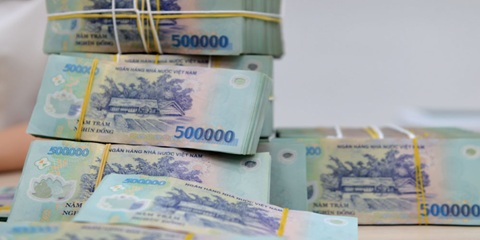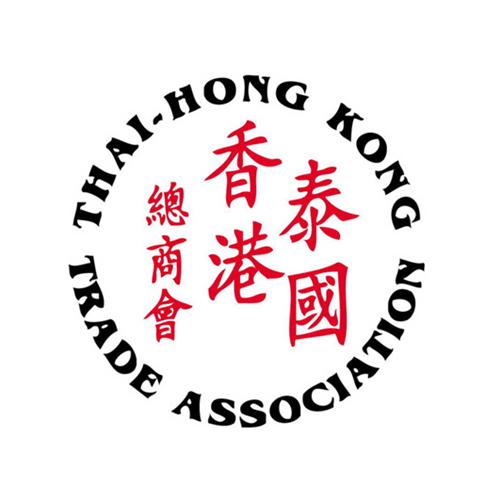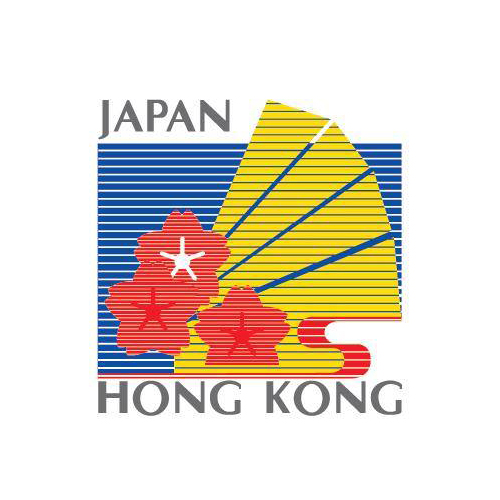Want to be in the loop?
subscribe to
our notification
Business News
MINISTRY OF TRANSPORT ANNOUNCES 10 NEW SEAPORTS
Ten new ports have been added to the list of Vietnamese seaports, bringing the total number nationwide to 296.
The Ministry of Transport has just issued Decision No 552/QĐ-BGTVT announcing the list of ports belonging to Vietnamese seaports.
Newly-added ports are Nosco port in Quảng Ninh seaport; Long Sơn general port belongs to Nghi Sơn seaport; Hải Hà – Quảng Trị petroleum port; Pacific Petro international petroleum port in Tiền Giang Province; Tân Cảng Giao Long port in Bến Tre province; Duyên Hải 2 thermal power plant port in Trà Vinh province.
In addition, two ports of Vũng Tàu seaport have also been added, Cái Mép Gemadept - Terminal Link port and Cái Mép general port.
In Hải Phòng, VIMC Đình Vũ wharf and FGG specialised wharf are also added to this list. Some seaport areas have a large number of ports, including Hải Phòng with 52 berths and Vũng Tàu with 48 berths.
The Việt Nam Maritime Administration said that the port system stretching from the North to the South have been promoting their role as a hub for goods trade in the context of the country's deep integration.
Data from the Việt Nam Maritime Administration has just been released showing that the volume of goods through the seaports maintained its upward momentum in the first three months of this year, reaching nearly 180 million tonnes, up 4 per cent over the same period last year, container cargo maintained a steady increase of 6 per cent over the same period, reaching 6.2 million TEUs (tonne equivalent unit).
Source: VNS
Related News

GOLDEN DEAL, KNOCK-DOWN OFFER
Are you ready for a fun-filled family vacation. Don't miss the super attractive Family Staycation package at Becamex Hotel. 2 days 1 night package with full amenities and free activities: Buffet breakfast, Swimming, tennis, bicycle, gym, sauna, cool ice cream, 300.000 VND service voucher and many other offers! Contact now for detailed advice.

"BEARY CHRISTMAS" CHARITY PROGRAM
As the Festive Season approaches, Caravelle Saigon, in collaboration with VinaCapital Foundation (VCF), is bringing a heartwarming charitable initiative to life — and we are delighted to invite all HKBAV members to take part in the very first “Beary Christmas” Charity Program. By adopting a Caravelle Bear for VND 299,000 nett, you will be directly supporting children battling cancer in Vietnam through VCF’s Can-Care/Can-Clover Program.

SOILBUILD INTERNATIONAL WINS “BEST INDUSTRIAL DEVELOPMENT” AWARD FOR SPECTRUM NGHE AN AT THE PROPERTYGURU VIETNAM PROPERTY AWARDS 2025
Soilbuild International is pleased to announce that its project, Spectrum Nghe An, has been awarded Best Industrial Development at the PropertyGuru Vietnam Property Awards 2025, held on 24th of October 2025, in Ho Chi Minh City. The PropertyGuru Vietnam Property Awards is part of the prestigious PropertyGuru Asia Property Awards series, the largest and most respected real estate awards programme in Asia.

WEBINAR: 2025 VIETNAM KEY TAX FINALISATION, UPDATES ON TAX CHANGES AND GLOBAL MINIMUM TAX
Dear Valued Client,We would like to invite you to our webinars on Friday, 12 December 2025, and Tuesday, 16 December 2025, to review and learn about key 2025 tax finalisation topics and stay ahead with the latest tax changes.

NEW ECONOMIC POLICIES EFFECTIVE THIS DECEMBER
Government Decree 304/2025, effective December 1, sets stricter conditions for seizing collateral, especially assets that are a borrower’s sole residence or essential work tools. In such cases, lenders must set aside a compensation amount equivalent to six to twelve months of minimum wage. The measure aims to improve transparency in bad debt handling and reduce credit risk in the banking system.

QUANG NINH TARGETS VND58 TRILLION IN TOURISM REVENUE
Quang Ninh Province is aiming to generate VND58 trillion in tourism revenue this year after surpassing its goal of 21 million visitors, driven by new tourism products, expanded nighttime activities, and large-scale events. As of mid-November 2025, Quang Ninh had welcomed 21.28 million visitors, up 12% year-on-year. Tourism revenue reached at least VND57 trillion, a 22.46% increase from the same period last year. With its visitor target achieved, the province is now pushing toward its revenue goal of VND58 trillion.
























